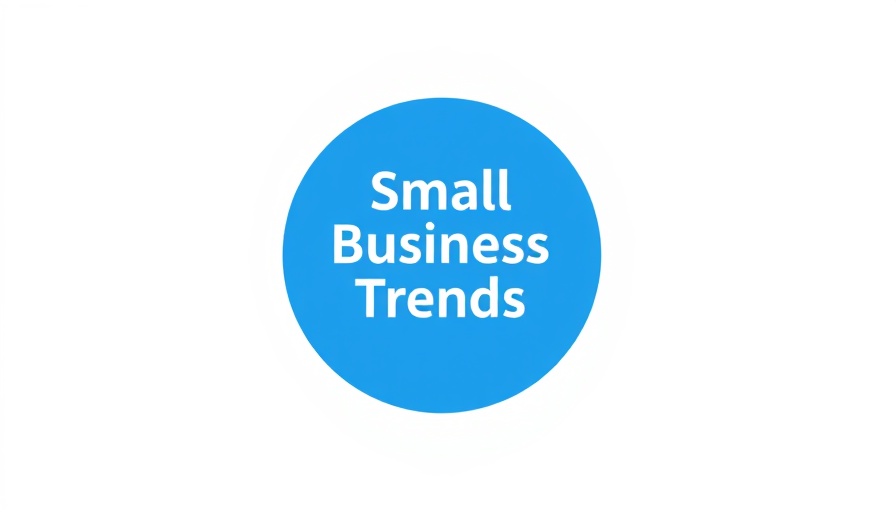
Understanding Regulatory Relief: A Key to Small Business Success
Navigating the landscape of regulations can often feel like an insurmountable challenge, especially for small business owners. Regulatory relief is set up to simplify compliance, reducing the burdens that often distract from a company's core mission: growth and customer service. With an array of government initiatives designed to streamline these processes, small businesses can thrive rather than merely survive amid a sea of regulatory red tape.
Impact of Regulatory Relief on Economic Costs
Small business regulatory relief is not just about easing operational burdens; it’s also a significant catalyst for economic savings. The costs associated with navigating complex regulations can quickly escalate, leading to losses that significantly impact a business’s bottom line. Recent studies estimate that regulatory relief initiatives have saved small business owners billions, allowing them to redirect funds towards improvement initiatives and employee expansion.
Why a Streamlined Regulatory Landscape Matters for Job Creation
Reducing regulatory burdens not only facilitates compliance but also lays the groundwork for job creation. When small business owners are relieved from excessive red tape, they can reinvest their resources into expanding their workforce. This creates a fertile environment for new jobs, which in turn bolsters local economies and reduces unemployment rates. The link between effective regulatory relief and job creation is clear and essential for a sustainable economic future.
The Current Legislative Landscape: Support for Small Businesses
Legislative support is crucial for maintaining an environment conducive to small business growth. Recently introduced acts, including the Small Business Regulatory Reduction Act, exemplify ongoing efforts at various government levels aimed at reducing compliance costs. Familiarizing yourself with these legislative changes can help ensure that you leverage all available support and navigate any emerging regulations effectively.
Utilizing Tax Benefits: A Smart Financial Move
Small businesses can significantly enhance their financial outcomes by taking advantage of tax benefits. Understanding available tax deductions and credits is vital for reducing your tax liability. This not only stabilizes your finances but also fosters an environment where you can consider reinvestment in new technologies and hires. Consulting with tax professionals or employing accounting software can assist in identifying applicable deductions such as home office and mileage deductions, which further optimize tax planning.
Staying Informed: The Importance of Knowledge
In today's fast-paced regulatory environment, keeping abreast of changes at the federal, state, and local levels is imperative. Those who are proactive in understanding these regulations can better manage their businesses, balancing compliance with other strategic initiatives. Regularly consulting reputable sources and participating in industry-specific workshops enable you to remain informed and agile — ensuring that your business responds swiftly to changes without succumbing to undue stress.
Navigating New Technologies: Intersection with Regulatory Relief
As we delve deeper into the age of automation and artificial intelligence, the landscape of small business regulations is evolving. Technologies such as AI marketing tools and automation software can enhance compliance efficiency, enabling businesses to adapt to regulatory changes quickly. Embracing technological innovations not only aids in compliance but also shifts focus back to core operations and innovation. Small businesses that integrate these technologies can streamline their operations significantly and remain competitive.
Conclusion: Empowering Your Business
The landscape for small businesses is rife with potential, provided entrepreneurs leverage regulatory relief effectively. It's crucial to engage with ongoing legislative developments and utilize resources that can simplify and optimize tax obligations. As technology continues to advance, so too does the opportunity for small businesses to thrive. Stay informed, adopt new technologies, and take control of your compliance processes. Empower your business to focus on growth and customer engagement — the ultimate keys to success in the competitive marketplace.



Write A Comment